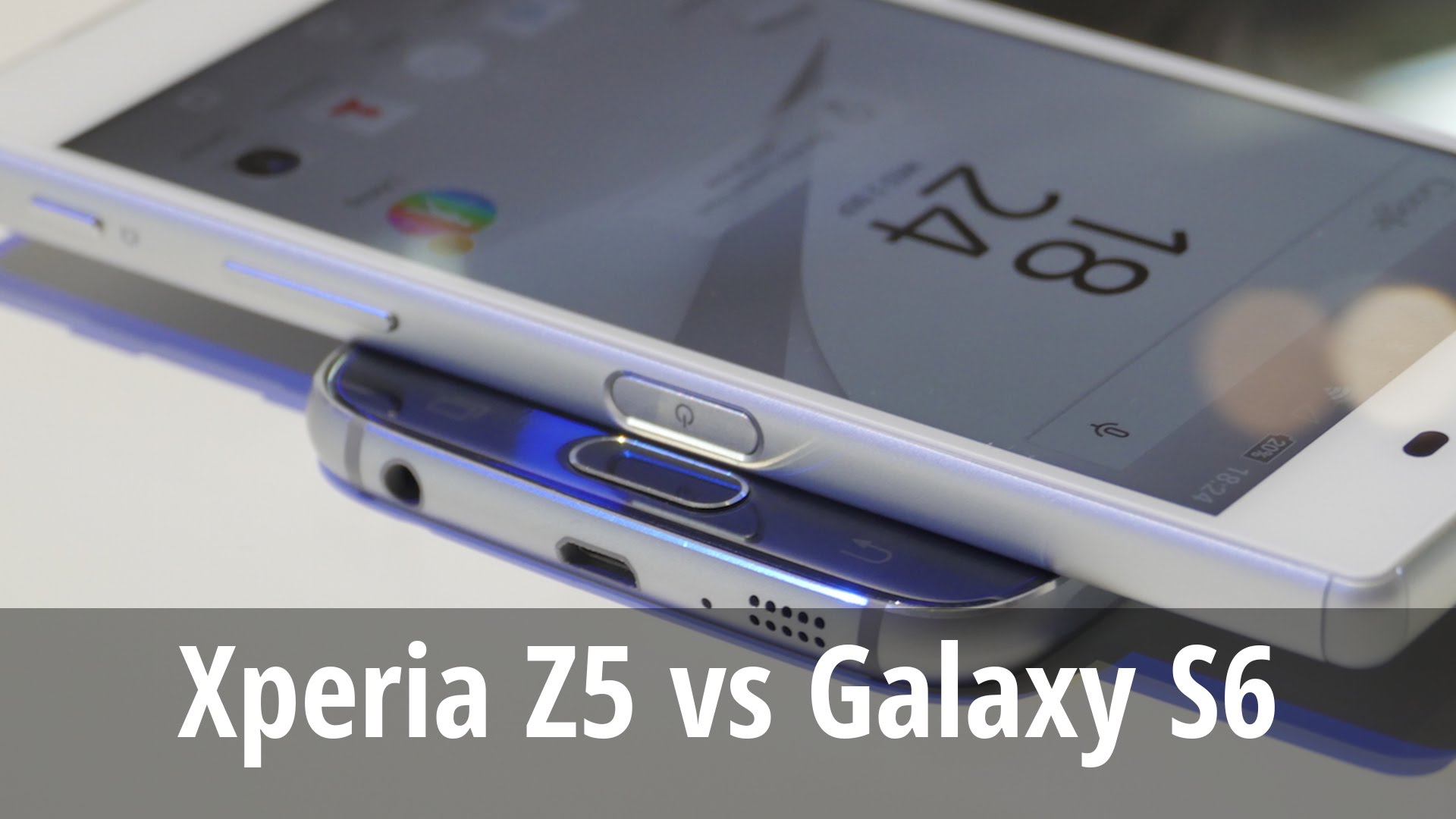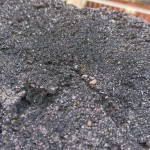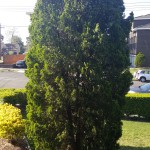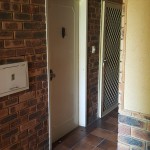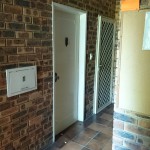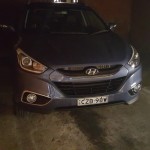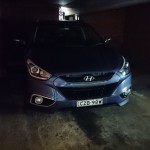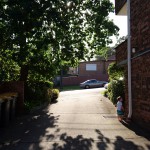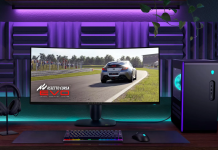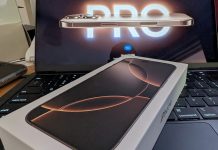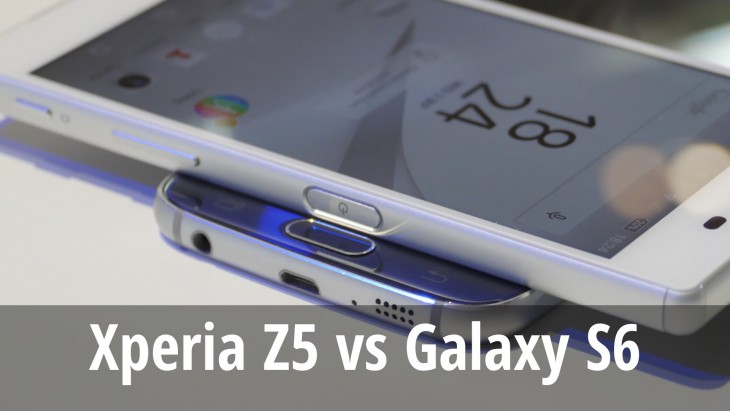
The Xperia Z5 isn’t yet released in the Australian market, and Sony is making some bold claims about the quality of its camera, and not without good cause; the camera can produce some amazing results, but is it really the market leader? Last night in Sydney at the local launch, we saw some video footage shot on the Xperia Z5 vs Galaxy S6 (and vs an iPhone 6 too), and the difference was astounding … but that’s video.
What about photos, the thing we shoot most of on our phones? We’ve taken a little walk with both phones and matched up what the Xperia Z5 and Galaxy S6 are capable of … and the results might surprise you.
Spec comparison
Before we jump into the photo comparisons, let’s compare what’s actually in the two devices.
| Xperia Z5 | Galaxy S6 | |
|---|---|---|
| Megapixels | 23 mp | 16 mp |
| Aperture | f/2.0 | f/1.9 |
| Focal Length
(35mm equivalent) |
24mm | 28mm |
| Camera sensor size | 1/2.3″ | 1/2.6″ |
On paper, the Sony is of course capable of more megapixels, but really, that doesn’t mean much these days — megapixels aren’t everything. The Galaxy S6 has a wider maximum aperture, but the Xperia Z5 has a shorter focal length … or so you’d think — in performance terms, it’s not quite as simple. The Xperia Z5 does have a larger image sensor.
On paper, I think you’d have to give it to the Xperia Z5. It is also six months younger than the S6, so you’d expect it to be probably ahead on the specification race. However, what difference does this make in the real world?
Let’s take a look.
Photo comparison
In the series of photos we’ve shown below, the Samsung Galaxy S6 photos are on the left, and Sony’s Xperia Z5 to the right. In case you forget as you navigate down, hover your mouse over a photo, and it’ll show you which camera took it. We’ve tried — as much as possible — to capture the exact same photo on each camera, though obviously with moving subjects (kids, ants, etc) this isn’t always 100% accurate. Still, we think this is a pretty valid test, so take a look and see what we came up with.
S6: On the pot plant photos, i think you’d have to give the best photo to the S6. The colours are more close to life and more vibrant; the Z5 feels like it has washed out the photo a little.
Z5: On this macro shot of our balcony with the stairwell in the background, I think the results are a lot closer, perhaps even a dead heat. However, colour representation probably skews it in favour of the Z5, only because that is how the balcony actually looks; the S6 has darkened it a bit, perhaps to compensate for the bright background, whereas the Z5 seems to have handled the contrast better.
Z5: Here’s a photo of the tree out the front of Ausdroid’s office. To me, the clear winner here is the Z5 because it’s avoided the lens flare suffered by the S6, and it has a more realistic, moderate representation of the colour of the scene — the S6 appears to have overcompensated again, and as a result the hue has shifted yellow rather than staying more centered as with the Z5.
Z5: Taking photos of Captain Jack are a bit more stark; the S6 has flared quite a bit, despite the lens being clean. It does, however (and perhaps by virtue of this flare) capture a bit more detail of Jack’s face, whereas the Z5 photo is a bit darker, but overall a bit clearer. I give the Z5 the win here, though the focus could be clearer.
S6: Here I took two photos of Flynn on the stairs; of course, being a moving subject (and a child, at that) trying to get the exact same shot on both cameras was a bit difficult, but they’re close enough to be somewhat comparable. In this instance, the S6 took a significantly better photo. The light for the stairwell came through an amber window, so there was a yellow tinge to the light, which the S6 captured and the Z5 didn’t.
Neither photo is great, in that there’s a lot of noise in the background of the image, but the S6 did better.
S6: Here’s another example where the S6 captured a more rich, vibrant photo, and the Z5 washed the photo out. Equally, the Z5 didn’t focus well. I don’t know how it stuffed this photo up, because it wasn’t a complex scene, but it just butchered it.
S6 wins this one.
Z5: Here’s a closeup of a succulent plant, and both cameras struggled with this. There was a lot for them to try and focus on, and in my opinion, neither got it quite right; I would’ve focused on the top of the centred leaf, but the cameras fluffed about a bit. Overall, though, the Z5 did the better job here — its focus was not so narrow, so more of the plant was clear, and the colours were a bit more realistic; the light was white, not yellow here, and the Z5 captured this accurately.
S6: Here we’ve got two photos of grass, and if you look closely, there’s an ant crawling around on the grass. The S6 did a better job of getting closer to the subject, and it captured the warm light a little more accurately. Another comparison point is the out of focus areas; on the S6, they look very … unpleasant … whereas on the Z5, the out of focus areas aren’t quite so harsh on the eyes; look at these images at full size to see what I mean.
I’m giving this one to the S6, only on better macro performance. The Z5 couldn’t get as close and focus.
S6: Another macro photo, and the results are basically the same as with the grass/ant photos above; the S6 is slightly warmer (which reflected the setting sun shining on our scene), and did a better job of getting closer to the subject while retaining focus. At the same distance, the Z5 struggled a little, and that shorter (wider) focal length came into play here.
Z5: On these photos of Flynn outside this time, there’s no argument in my opinion; the Z5 has simply captured the moment, and the S6 has failed. A lens flare and resultant darkening of the image have made it unrealistic; Flynn’s face was not actually dark, and the background — the hedge — was clearly lit and not in shade as the S6 would have you believe.
The Z5 captured the bright scene, though it flared slightly, but the lighting, colour and whole scene were just better.
Z5: Here’s some photos under our building, and it was quite dark, and you can tell because both images got a bit noisy trying to capture the subject in the dark. The S6 over compensated, lightening the image more than was justified in the circumstances, but by doing so, it did capture more of the subject.
The Z5 didn’t lighten as much, and while the periphery was about as noisy as the S6, the subject itself was less so, and more accurately represented.
Z5: Here’s Flynn standing in the garage. This was a tricky shot; it was dark, not well lit (especially from the front) but there was light leaking in from behind. This tested the cameras, and I think the winning result is obvious.
The S6 fell for the backlight, resulting in a dimly lit image with very little detail, and lots of noise, and even out of focus because it couldn’t work out what to do. The Z5 handled the rear light source, and yet kept the subject of the image well lit, in focus, and (somewhat) free of noise.
No competition here. Z5 wins it.
Draw: Here’s a final photo where I’m going to call it a dead heat. Both cameras captured the scene almost identically, and there’s just nothing between them.
Conclusion
The Xperia Z5 wins this shootout, 7 photos to 5, with one photo lost to a draw. The Xperia Z5 is capable across a wider range of scenes – light, dark, tricky lighting and unusual colouring – whereas the S6 excels in certain circumstances; it handles ultra-macro shots better, with better colouring, and it did surprisingly better on the inside stairwell shot, when I had actually expected the Z5 to do better.
How do you wrap this up? What are your thoughts on the photos and which way I’ve drawn them? Would you give the Z5 the victory here as the better all-round camera, or do you think Samsung’s S6 does a better job?

